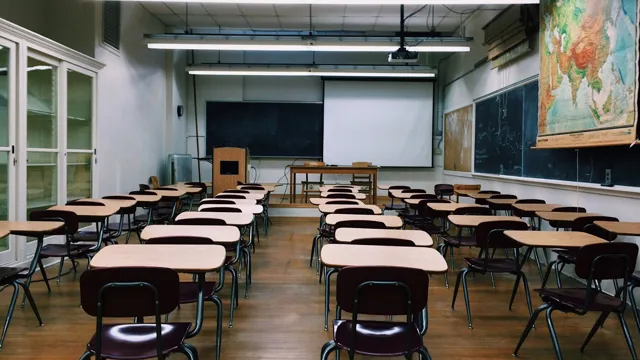DEI, also known as diversity, equality, and inclusion, is a style of thinking and being that enables us to respect and value our differences. Through DEI, students learn that, even though everyone experiences the world uniquely, there is strength in recognizing our common humanity (Tang et al., 2022). A better society where everyone is treated with dignity and security is only possible through cooperation.
Institutions are the ideal setting for developing these vital abilities. Students can debate ways to make a more inclusive world that appreciates diversity, fosters solidarity, cultivates empathy, and combats racism, sexism, homophobia, ableism, and other forms of discrimination in the classroom.
Students' minds will be opened, they will be encouraged to consider their privileges, and they will gain a greater understanding of different people, opinions, and cultures thanks to the resources we have selected below that show the enormous diversity in our world and encourage equity.
Some of these choices will encourage students to think critically and act with integrity, setting them on the path to activism and social change. We have it, then. Let us delve deeper and discover more about diversity activities in the classroom and cultivating diversity, equity, and inclusion in educational contexts.
Cultivating Diversity, Equity, and Inclusion in Education Environments
Our society is characterized by its racial and cultural diversity. Teachers must promote equality and inclusion in the classroom to recognize this variety and foster harmony and respect for all people.
Many different beliefs are brought into the classroom by the students. Racial and cultural prejudices may be absorbed from their families, pop culture, and neighborhoods. By encouraging healthy student conduct, creating a feeling of community for all children and their families, and instilling respect for all races, educators can help reduce prejudice and racial tension.
We have gathered various resources to aid teachers in setting up a culturally diverse classroom that promotes inclusion and diversity in learning while inspiring pupils to spread these ideals in their daily lives. Teaching with a multicultural perspective encourages tolerance of others with different beliefs and practices. It encourages cultural acceptance and tolerance of "the other" and might even lessen bullying.
Learning benefits from ensuring equal access to education and encouraging tolerance of those with unique needs or who have a different appearance. When there is conflict among the kids, classroom management suffers. The classroom can become a place where respect is a cornerstone and bigotry becomes repugnant by actively participating in learning activities that develop respect for diversity.
It is not an island in the classroom. Its walls are open to ideas, even if they are decorated with posters of various historical people (Villa et al., 2020). Teachers can inspire students to promote this appreciation for diversity outside of the classroom by teaching them about the contributions that people from various cultures make to our society. Integrated and multicultural classrooms foster creativity, problem-solving, and critical thinking. Higher test scores are a concrete benefit of racial and economic diversity in the classroom. However, the more intangible benefit of respect for each person's dignity is the cornerstone of any thriving community.
Diversity Activities in the Classroom
Teachers can establish a multicultural classroom that fosters learning through activities celebrating cultural variety by encouraging an awareness of different cultural ideas and customs. Ultimately, these cultural diversity activity suggestions can support kids from various backgrounds in the classroom.
DEI Resources at NSHSS
The profession's future relies on current and, more importantly, future leaders knowing and understanding the significance of diversity, equity, and inclusion, as well as developing a culture and strategy that consistently supports improvement. NSHSS is the only location where this is guaranteed. As important as finances, plans, governance, and the technologies we use and support, this issue deserves equal consideration. See here for a growing number of similar blogs!
